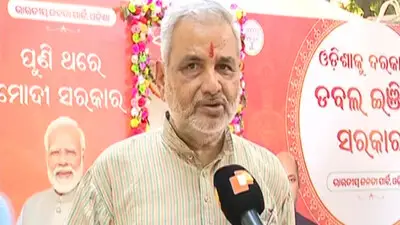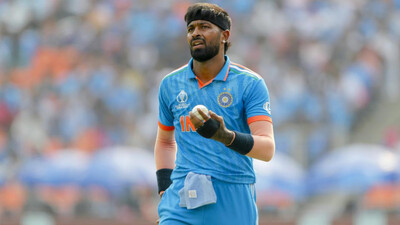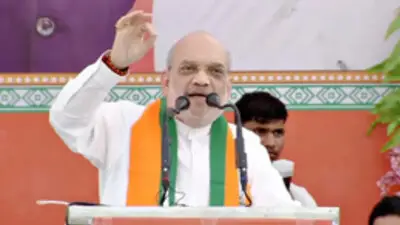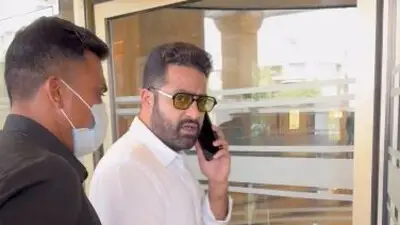Recommended Stories
New Delhi: The All India Institute of Medical Sciences (AIIMS) Tuesday inked an MoU with the US-based Ohio State University to develop a technique in regenerating human body parts and tissues for patients in India.
The initiative was taken by AIIMS in view of an increase in number of patients suffering from burn injuries, infections and abdominal wounds in which they lose skin and other body parts, which cannot be taken from any other body, leading to rejection and reaction.
According to the Memorandum of Understanding (MoU), AIIMS doctors will get guidance from the Ohio State University, which has developed body parts like trachea, urethra and urinary bladder for the past five years to achieve expertise in the regenerative medicinal system.
A regenerative medicine department was inaugurated at the Convergence block of AIIMS.
The Indian Journal of Plastic Surgery in 2014 concluded that India alone witnesses around 9-10 lakh burn injuries annually, leading to damage of skin and organs. According to the health ministry, over 500,000 people die each year because of non-availability of organs.
"Regenerative medicine is the future of the world's medicinal system. In coming years it will grow thoroughly," Chandan K. Sen from the Ohio State University told IANS.
Sen is the director of Centre for Regenerative Medicine and Cell Based Therapy, Ohio State University. He was in Delhi to attend a conference.
"Under this procedure, the treatment becomes easy as rapidly growing problem of organ dysfunction or damage due to ageing, cancer, trauma and metabolic diseases can be effectively managed by replacing it by tissue engineered scaffold with impregnated cells," Sen said.
Amit Dinda, a senior pathologist at AIIMS said that the regenerative medicine technology can also be applied for engineered skin, bone, trachea and vessels.
Management of chronic wounds is also possible using this advanced mode of therapy, he said.
According to the doctors part of the collaboration, the regenerative medicinal system will also make the eye transplant process much easier.
"Under such developments, damages, if any during the treatment, to the donors eyes can be reduced," said Radhika Tandon, professor, opthalmology at AIIMS, told IANS.












